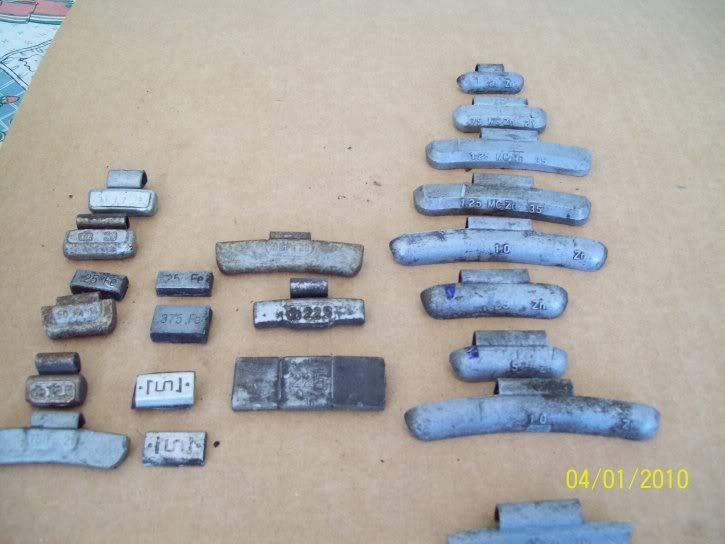wolfgang78
Inactive
Hey gentlemen, im new to this forum. First i will tell a little about myself.....im currently serving active duty in the US Army as a Staff Sergeant(P) and have been reloading for about 13 yrs. I reload 25-06, 500 S&W, 17 remington, .308, 22-250, 357 mag, 45 acp, 9mm, 50 bmg, 338 lapua, 223, and a few odd ball (wildcat) cartridges. I shoot IDPA and also shoot long range comps. reloading has been a addiction for me and it is very relaxing. anyway, the one thing i have never done is cast my own lead bullets, so my question is can anyone give me some info for getting started in cast bullets...IE the do's and dont's. even what type of equipment i will need. any help would be great thanks!

